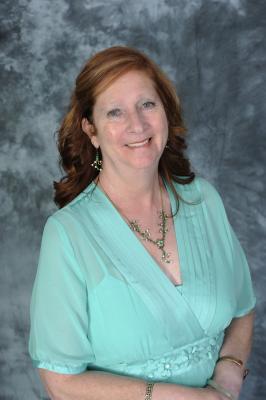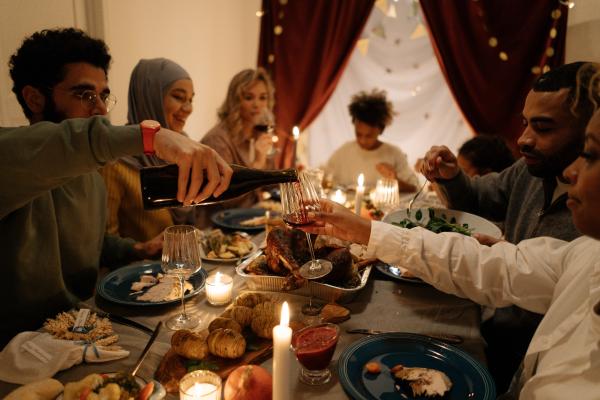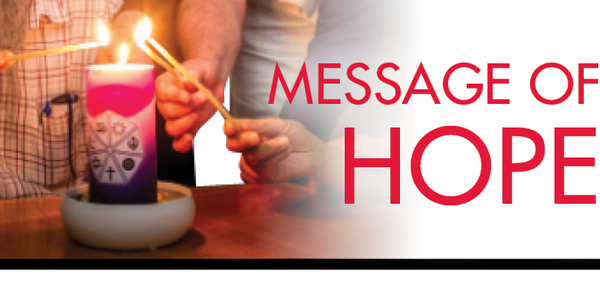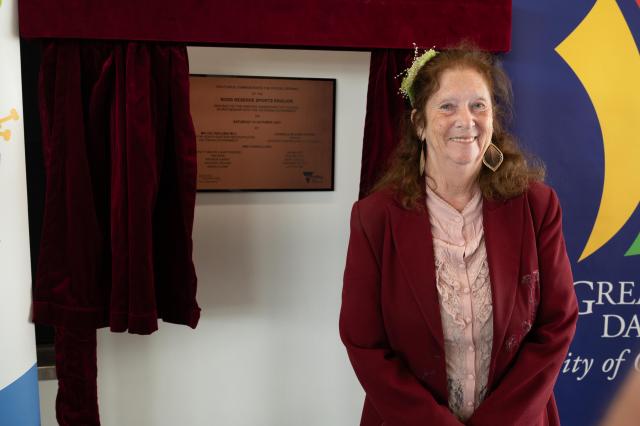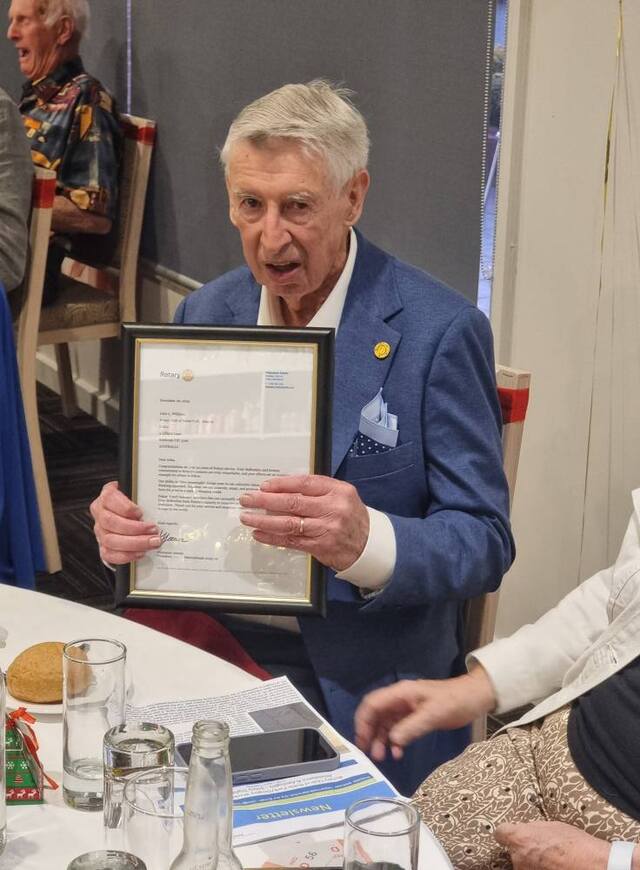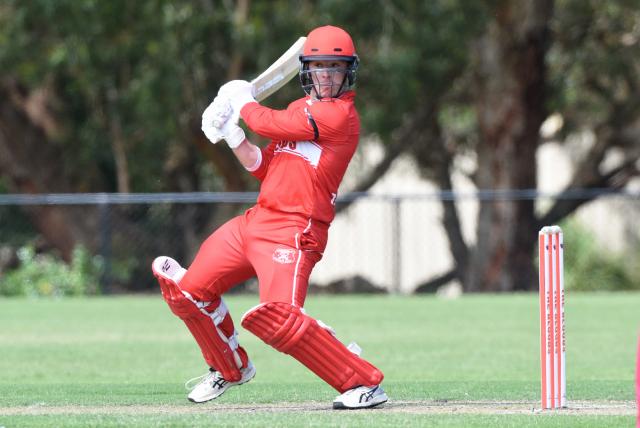One thing I remember being young during the Jewish festivals is the symbolism.
I loved going to synagogue (shul) and above all loved the stories and history of my religion.
The history of it fascinated me and as an avid reader and questioner, I loved it. All of it.
However I knew that it really wasn’t understood by everyone. I won the prize every year.
Above all I loved the Passover (Pesach) and the food especially once the fast had finished.
I especially loved the chopped liver on little biscuits.
Chicken livers with chopped egg and raw onion all mixed together was a favourite made by Auntie Shirley.
As Ashkenazi Jews we generally ate gefilte fish (poached fish dumplings), matzo ball soup, brisket or roast chicken and sometimes a stew of carrots and prunes.
Normally we would not eat rice, beans and corn.
Matzo is an unleavened flat bread that forms an integral element of Pesach. God commanded that only unleavened bread be eaten during the seven-day Passover festival.
Passover commemorates the slavery of the Israelites in Egypt and their ultimate exodus to freedom. During the night of the final plague, God “passed over” and protected the houses of the Israelites, giving the festival its name.
In simple terms this is a religious holiday or festival noted by ceremonies each year.
It is celebrated to remember when God used Moses to free the Israelites from slavery. This is told in the book of Exodus.
Jews all over the world prepare for the Passover, a weeklong celebration, culminating in the subsequent escape from ancient Egypt.
My dream of being a rabbi wasn’t able to be recognized.
But living in the most multicultural city in Australia means I am able to be a part of the many nationalities and most importantly the Interfaith Network of the City of Greater Dandenong.
Chag Sameach.

